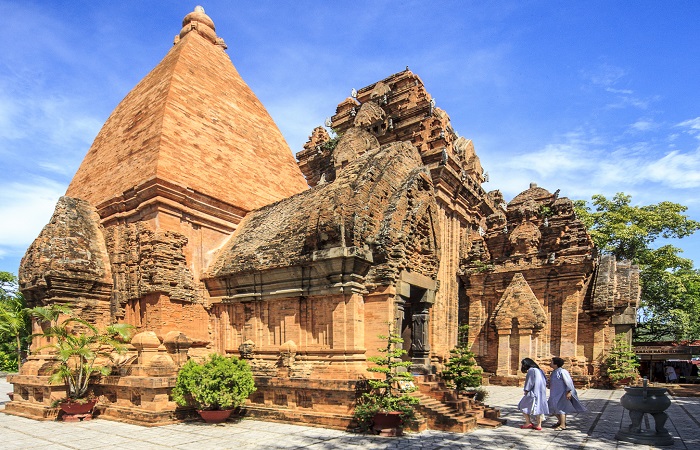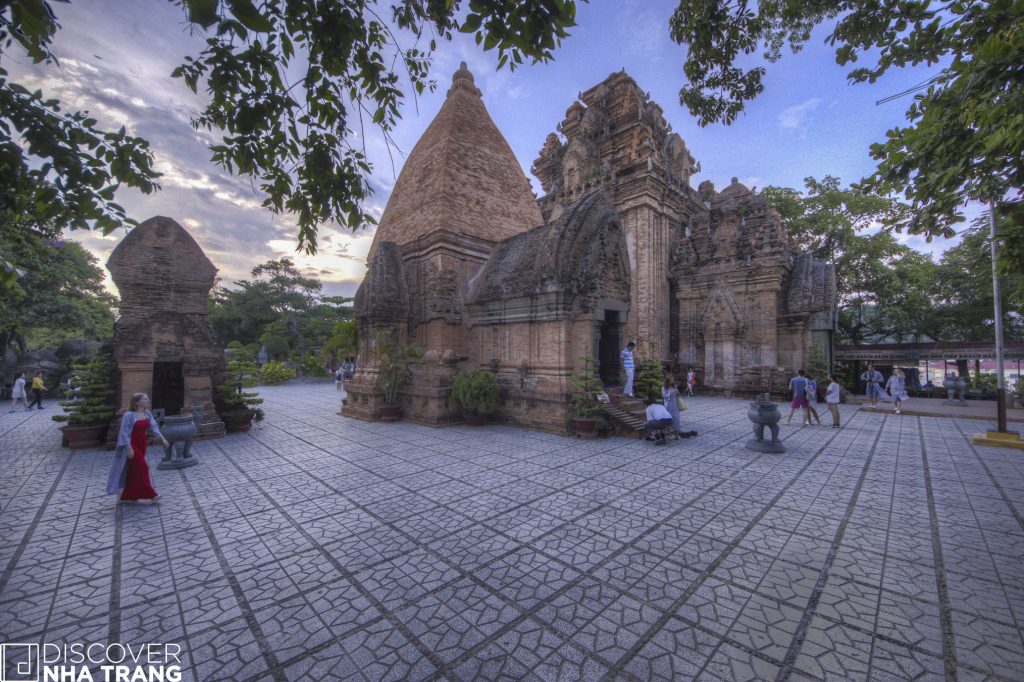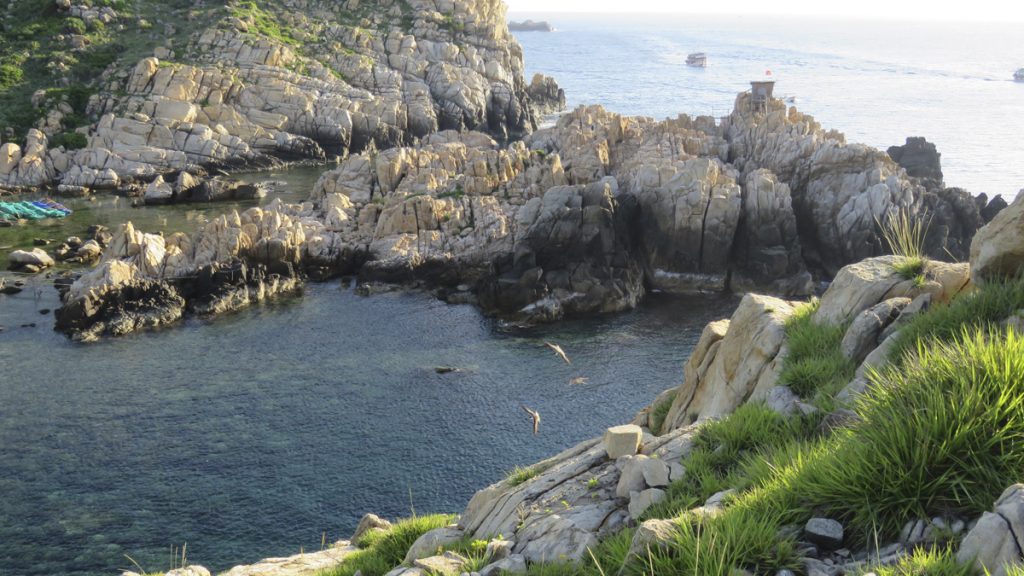Cultural Sites in Nha Trang

Religious and Historical Diversity in Nha Trang
The history of Nha Trang contains many diverse influences that are readily visible in the cultural architecture dotted around the city. For the tourist interested in the history and culture of this region, there are a number excellent sites that are worth visiting.
Po Nagar Cham Temple Nha Trang
Set upon the river bank at the mouth of the Cai River, Po Nagar is a magnificent structure that has stood the test of time, having been built by the Cham People in the 8th century. The Champa are a collection of settlers originally from Bali and Cambodia whose art and culture has strong roots in Hinduism. Nha Trang is built upon the ancient Cham site of Kauthara, and Po Nagar Temple was built around 784 AD as a temple of worship to the goddess, Yan Po Nagar. The faithful believe she is a reincarnation of Gurga, the Hindu goddess and slayer of buffalo demons. Throughout the centuries, it has been used for worship by other religious denominations including Islam, and more recently, Buddhism.

The multi-tiered temple is structured in 3 levels. Steep steps lead to 2 rows of towers, the highest of which is 25 meters tall. The outside of the buildings are adorned with intricate carvings of deities and religious iconography. The site is visited daily by many tourists who marvel at the clay colored structures and shrines, see the monks at prayer and view traditional Cham dances performed by the remaining indigenous people. It is particularly beautiful either at sunrise or sunset due to the warm, golden colors reflected from the temple bricks.
Long Son Pagoda Nha Trang
Long Son Pagoda is a Buddhist temple in the city center, famous for its imposing white statue of Buddha that stretches 24 meters high and looks out over the entire city. The entrance contains a large temple used for religious ceremonies, and it is always busy due to the high number of practicing Buddhists in Vietnam. The temple’s entrance roofs are decorated with dragon mosaics with the ceremonial hall displaying a wealth of classical motifs.
This sprawling grounds contain a series of 152 steps that lead to the shimmering white statue of Buddha. The base of the statue contains carved statues of Thich Quang Dich and 6 other monks who died of self immolation as an act of protest against the treatment of Buddhists by the government of the time. They are now honored at the temple for their sacrifice. For visitors, it is a serene and calming place that is especially beautiful at night when the main statue is lit up and the monks toll the giant bell at set intervals. It also offers a fantastic vantage point to take photographs of the city that sprawls below.
Phap Vien Thanh Buddhist Meditation Institute
For those with more than a passing interest in Buddhism or meditation, Phap Vien Thanh Son is one of the most majestic Buddhist structures in Khanh Hoa. Founded in 2006, this Buddhist Meditation Institute is attractive to visitors because of its original structure, an abundant collection of statues and the picturesque scenery of the surrounding countryside. It is located around 25km from the city-center.

Abbot and founder, Thich Giac Khoan, spent his training years overseas in different monasteries of great significance, and has taken influence from the architectural styles seen in the structures found in Thai, Chinese, Cambodian, Indian and Burmese Buddhism. The tranquil and secluded grounds are covered with shady trees, many different kinds of regional flowers and a beautiful veranda overlooking rice fields and green bamboo that present the quintessential hidden charm of a Vietnamese sanctuary. On entering this Buddhist Meditation Institute, you are greeted by melodies and meditative music, plus the fragrance of incense. There is a series of gravel paths and stone steps that lead you to a maze of gardens, and here, you can enjoy the breeze and views of the village, and see the beauty of toucans and male peacocks as they strut amongst the masses of orchid flowers.
Nha Trang Cathedral
Colonial rulers for a century, the French have left their mark on much of Vietnamese society. One notable introduction is Christianity, particularly Catholicism, and it is estimated that about 10% of the population identify as Christian. Today, this strong European influence is reflected in the Nha Trang Cathedral (Nui Church), located on a small hill in the middle of town. It is of classical medieval design, with cloisters, battlements, a clock tower, and beautiful stained glass windows. It was inaugurated in 1933, and is the focal point for Christianity in the region. It is easily accessible by bus, taxi or on foot, just a 15 minute walk from the tourist hub.
Nha Trang is rightly famous as a beach-side destination, but it is so much more than that. With a long and colorful history, there are still a number of places where we can see the evolution of the city, typified by these important buildings of varying ages. Each provides its own unique insight into how the modern city of Nha Trang developed, is home to beautiful artworks, and gives a deeper understanding of the various religions that underpin Vietnamese society.









